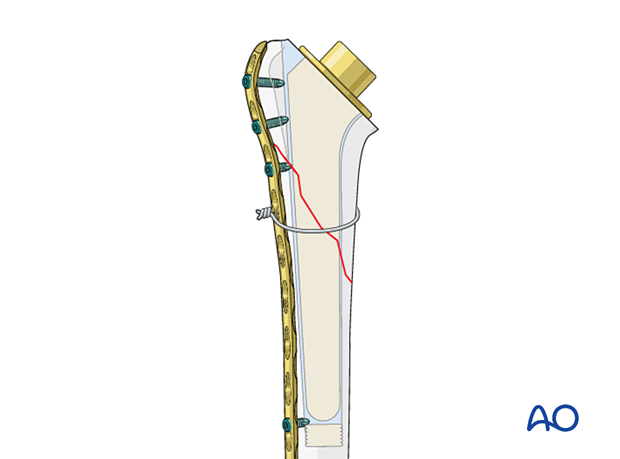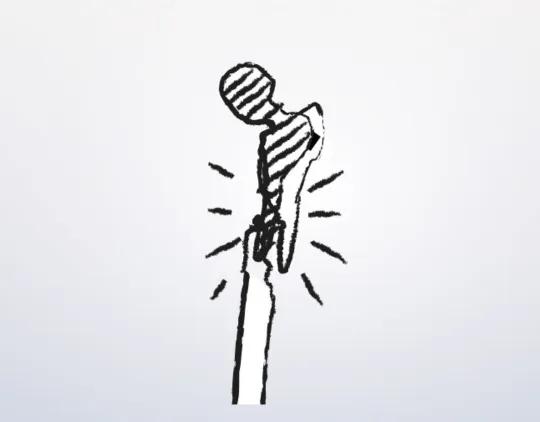Basic technique – cemented stem
1. Revision implant - canal preparation
Provisional reduction of the fracture may be provided by cerclage wire or sutures.
The appropriate plate for fixation may be applied and provisionally fixed proximally and distally, taking care not to obstruct the implantation of a planned humeral component. Provisional monocortical screws are recommended.
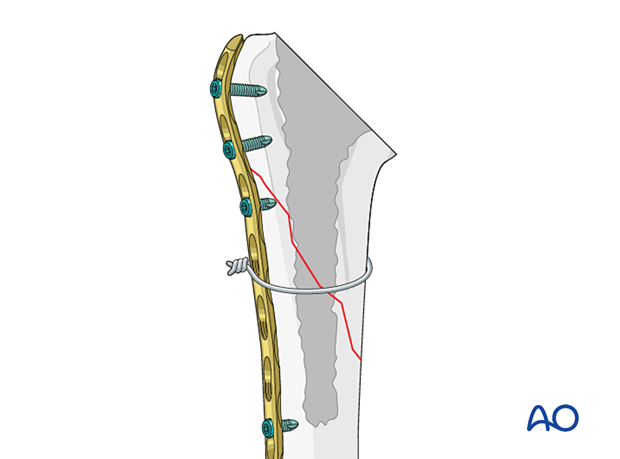
The canal is prepared using manual reamers of increasing size, until an appropriate diaphyseal fit is obtained.
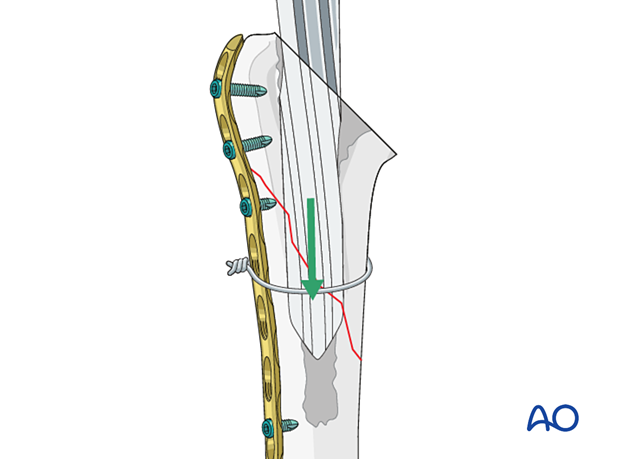
In the case of reamer engagement with the screws, the following options can be considered:
- Replace the screw with a shorter screw, or a screw with a blunt tip.
- Downsize the diameter of the humeral component.
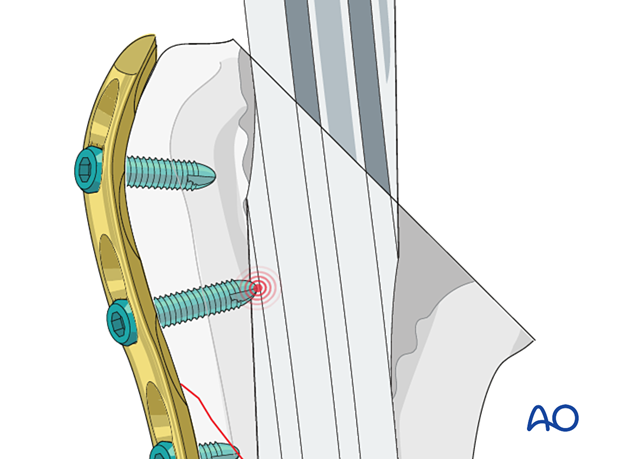
2. Cemented long stem revision
A trial component is inserted.
The shoulder joint is reduced. Stability is assessed.
It may be difficult to assess joint stability if the trial is not stable in bone.
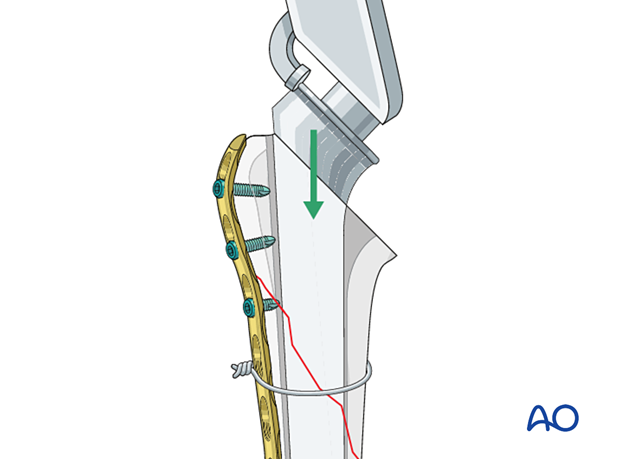
The shoulder is then dislocated, and the trial component is removed.
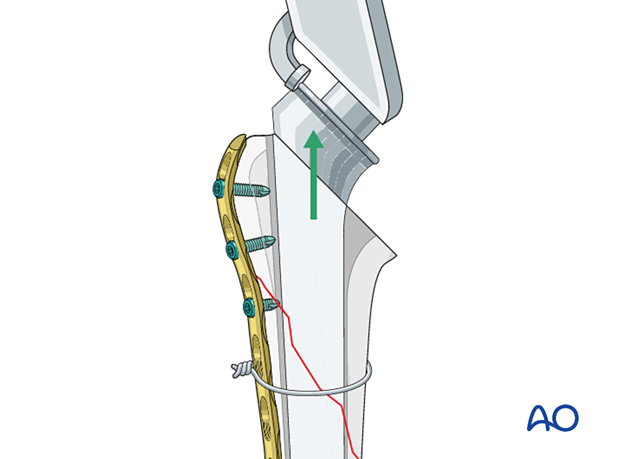
Standard canal preparation including irrigation and drying the canal should be followed. The standard surgical techniques for mixing and injecting cement should be followed. A cement restrictor is recommended.
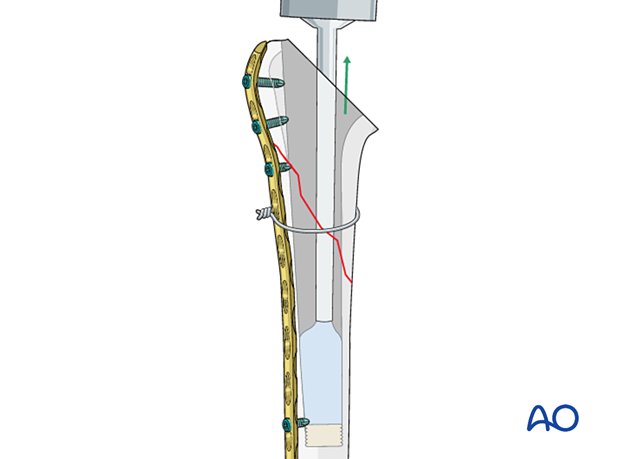
The definitive implant is inserted, and the cement is allowed to cure.
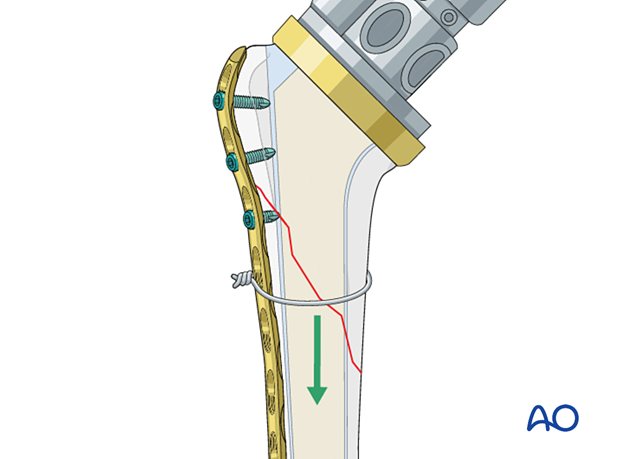
The definitive implant is relocated. Definitive fracture fixation is completed, and appropriate soft-tissue repairs undertaken. The stability of the joint is assessed, and postoperative aftercare planned accordingly.
